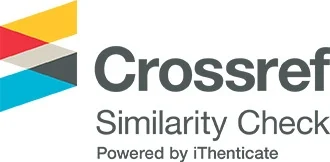Peer Review Process
The peer review process for submitted research in the journal is as follows:
1. Initial Submission Review
- The research is received electronically via the journal’s website and undergoes an initial review by the journal team to ensure the topic aligns with the aims and scope of the journal, and that all required documents are complete, including: main manuscript, abstract, author information, etc., following the journal’s formatting guidelines.
- The research is immediately rejected if it fails to meet the basic requirements, and the author is informed of the reasons.
- The manuscript is sent to reviewers who are experts in the field, either from within or outside the university.
- Reviewers are selected based on their published expertise and absence of any conflict of interest with the author.
- Confidentiality in Review: Reviewer names are kept confidential, and a special review form is used, containing several points related to the research’s scientific methodology.
Each reviewer evaluates the research according to specific criteria, including:
- Scientific Methodology: Compliance with the journal’s methodological standards.
- Originality: Contribution to enriching the academic field with high-quality research.
- Ethics: Proper citation and absence of plagiarism.
- Language: Freedom from linguistic and spelling errors.
2. Editorial Decision
- The editorial board issues the final decision: rejection, acceptance with revisions, or acceptance without revisions.
- In case of rejection, the reasons are provided based on scientific grounds.
- In case of revisions, the research is returned to the author with comments, and the author is given a short period to make the necessary changes.
- A copy of the annotated version, along with the revised version, is archived in the journal’s records.
- Final Acceptance and Publication: Once revisions are approved, the acceptance is officially announced.
3. Integrity and Quality Assurance
- Authors have the right to appeal the review decision if they provide convincing scientific evidence.
- Confidentiality: The identities of authors and reviewers are never disclosed.
- Efficiency: Efforts are made to minimize the time between submission and publication.






